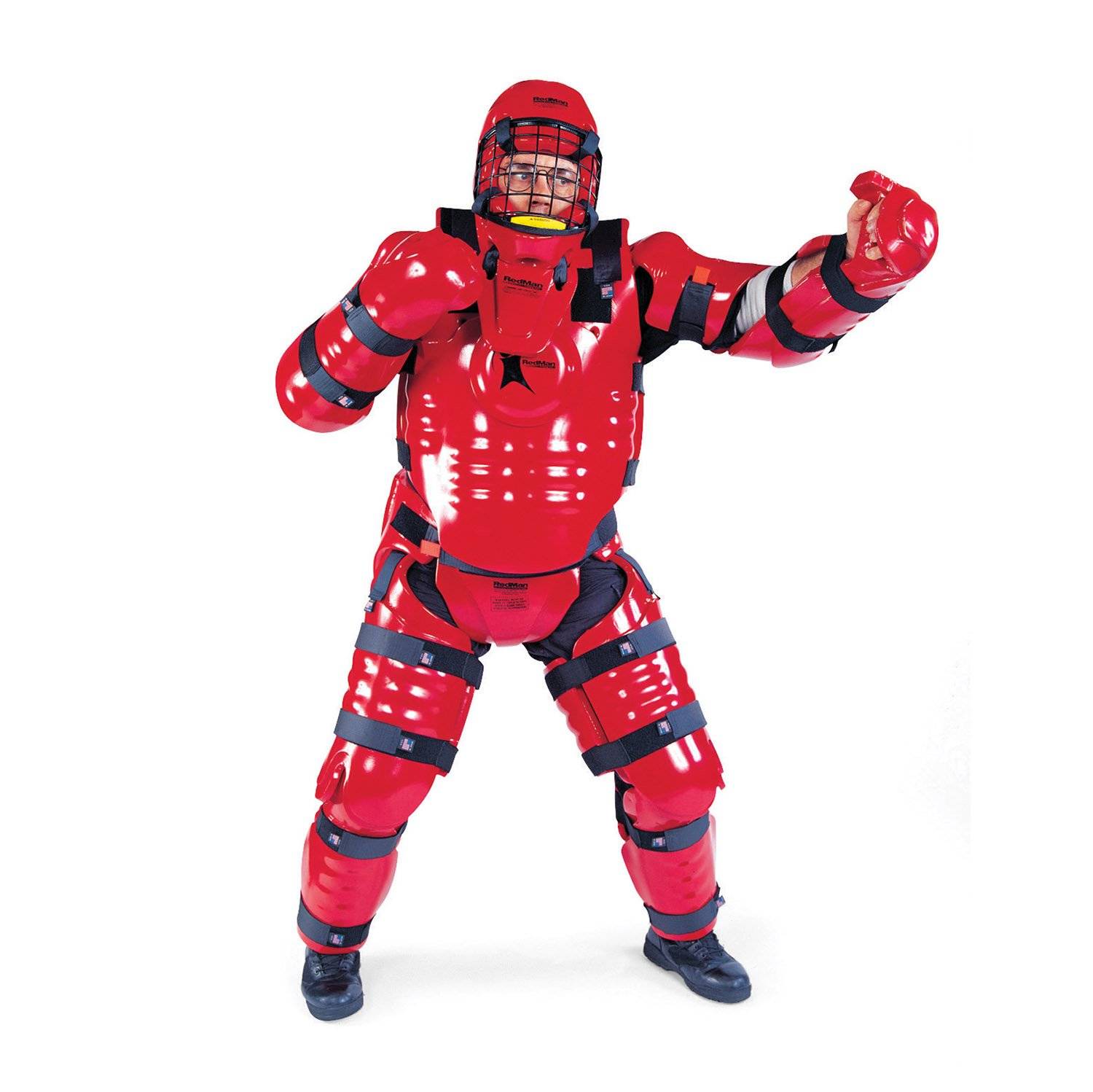I asked this a while ago in General. Got some good answers, but some not really relevant to TKD (i.e. "handwraps and 16 oz. gloves"), so I wanted to make a thread in the TKD forum. What is the requirements you would recommend for a school? Keeping in mind....
- This is for low-level colored belts and kids. (Higher belts may have stricter or laxer requirements, depending on how I see things going).
- The rules at this level would be kicks to the body are allowed, kicks to the head or legs are not. Punches are only allowed to the body.
- Chestguard would be required (just to protect the kicker from the sweat of their opponent). I'm also assuming groin cup (if applicable) and mouthguard.
Should the feet and hands be padded for strikes?
Should the shins be padded for when folks knock shins? How about knees?
Should the forearms be padded for blocks? How about elbows to protect insteps?
Should a helmet be worn if there's not supposed to be head contact? I'm in Texas, so it can get pretty hot (but I'll probably have AC).
Overall, I'm not really worried about superficial bumps and bruises. I'd like to keep abrasions to a minimum (more to protect the cleanliness of the school), as well as major injuries.
I can see requiring as little as chestguard, mouthguard, and groin protector, to as much as everything up to knees and elbows and helmet. And lots of options in between.

